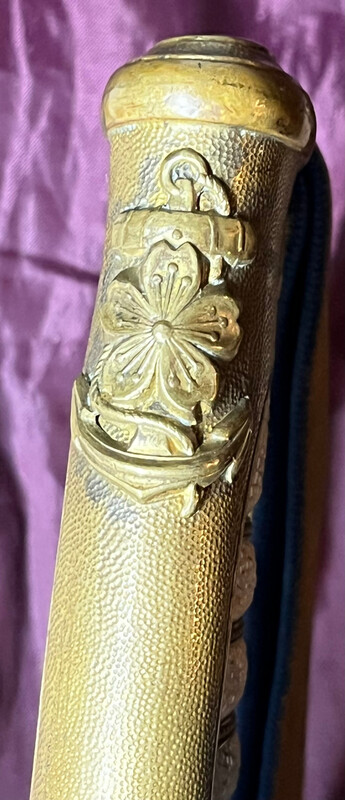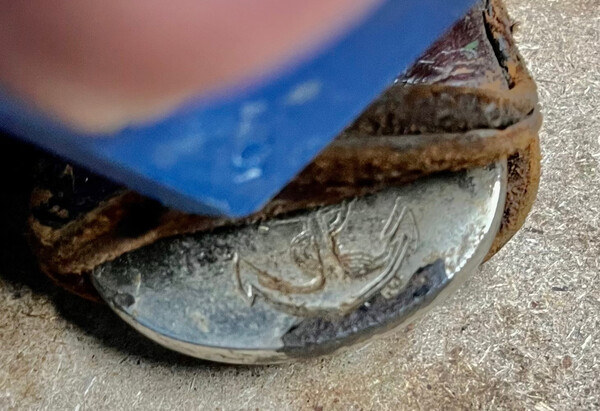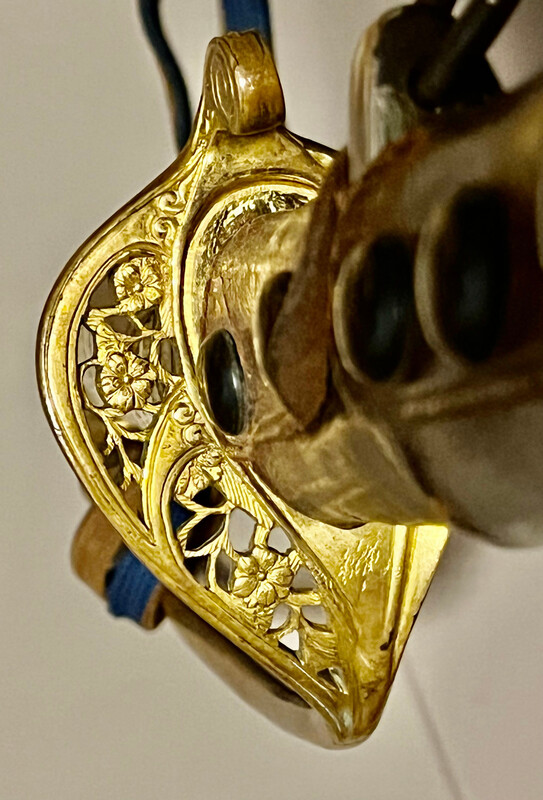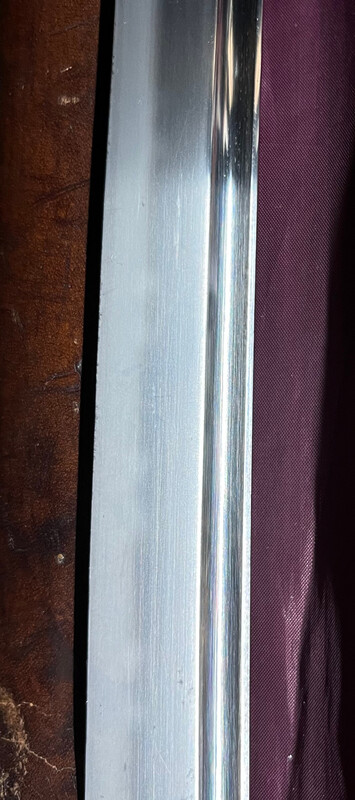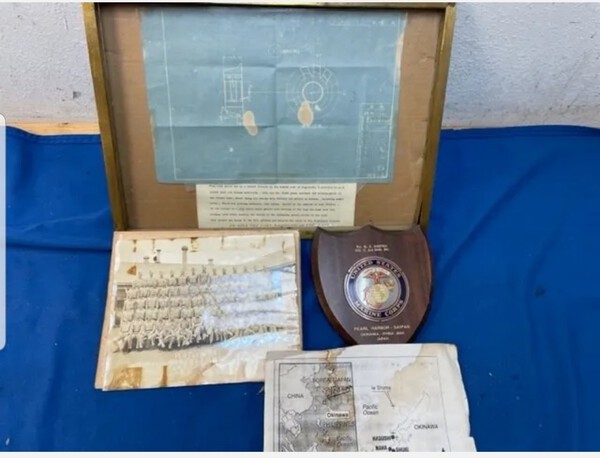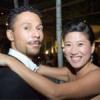Leaderboard
Popular Content
Showing content with the highest reputation on 09/02/2022 in all areas
-
瀧谷山 = Mount Takiya 不動明王尊像 = revered image of Fudō Myōō 河内 = Kawachi province Probably related to this place.3 points
-
Ian can I see your Norishige please? I have a clock from the IJN Submarine I-14. One of only 3 built. Fabulous history.2 points
-
I saw those as well, the Bonhams one someone made a great score. The second one is badly corroded, last kanji is hardly readable so they made a guess i think, but to me should be the late Edo Tomohisa (same as the published one in my article)2 points
-
相州住正廣 = Sōshū jū Masahiro Perhaps one of the later generations of the Muromachi era?2 points
-
Hi Ian, My father was there as a guard for General MacArthur during the surrender ceremony. I too have searched for years trying to locate footage of military activities during the surrender in the Yokohama area. I've found several short film clips on (Critical Past wwll archive ), yet don't recall seeing a sword surrender during that day of surrender ceremony. I have read however, that the Japanese officers during that time were still wearing their swords, and were promptly ordered to surrender them. Therefore, it's highly likely this is just how your sword was acquired. This is a photo of my father, (on left), with one of the swords he brought home. This wasn't a sword from the Yokohama surrender, but a sword from a weapons collection mission in northern Japan. Good luck with your research, Dave M.2 points
-
I purchased this sword earlier in the year but have known about it for 30 or 40 years. The man who owned it before me was told this by the man who brought it back from the war. He was on the Tokyo docks on the day of the Missouri surrender. The surrender party had been disarmed and their swords placed in a pile. He asked the Americans guarding them what was happening to them. He was told he could take one which he did. Movie footage shows some of the Japanese surrender party arriving by motor vehicles at the South Pier/Customs Dock Yokohama. At this point the officers had their swords. There are a number of other officers present who accompanied the formal surrender party. Later footage shows members of the formal surrender party boarding USS Nicholas prior to crossing to USS Landsborough. In this footage the Japanese no longer have their swords. USS Landsborough transported the surrender party of eleven to the USS Missouri in Tokyo Bay where the formal surrender to General MacArthur took place on the 2nd of September 1945. Years ago I saw (I think on TV) some footage of the Japanese surrender party taking their swords off and placing them in a pile. I remember thinking that this footage verified what the previous owner had been told. The sword has a silver plaque on the kabuto gane with the owners name Hasegawa on it together with a General Officer's tassel. None of the party who surrendered on the USS Missouri had the surname Hasegawa. Internet research lists ten Japanese Generals with the surname Hasegawa. Only one General Hasegawa was serving in the Tokyo area at the end of the war. The rest had either retired, been killed or were serving elsewhere. This man was Major General Hasegawa Tsutomu who was head of the Kempetai. I am guessing this was his sword and that he was possibly one of the other officers who accompanied the actual surrender party to the south pier/ customs dock. I have spent hours trying to find the footage I remember seeing but without luck. My questions is, has anyone come across the film showing the surrender party being disarmed on the South pier? Does anyone have any knowledge of what became of the other swords that were surrendered on that day. Ian Brooks1 point
-
1 point
-
There is a ton of great information in the FAQ link on the top of the page. Check out the section on recommended books. Henry Watson's translation of the "Nihon Toko Jiten" by Fujishiro is an excellent resource, as is The Connoisseur's Guide by Nagayama Kokan. There are book dealers here on this board who specialize in Japanese sword books. http://www.nihontomessageboard.com/faq.html1 point
-
Agree, legit Type 8/19 cavalry sword. I have another with the exact same shop stamp (unknown shop) on file.1 point
-
No doubts of authenticity, as these swords were modeled from western style military sabres there are many similar features. The best examples have traditional blades mounted and family crests, here is an example surrendered by General Baba Masao on display in the Australian War Memorial. As a cavalry officer throughout his career he kept this cavalry Kyu Gunto rather than a regular Shin Gunto:1 point
-
A signed one from a Bonhams auction - https://www.bonhams.com/zh-hk/auction/25125/lot/15/an-iron-tsuba-by-yaji-tomoyuki-choshu-school-early-19th-century/ It sold very cheaply at £87.50 . Very similar to the signed one from Japaneseswordbookandtsuba [tagane-ato different] Also a signed one - https://www.samuraimuseum.jp/shop/product/antique-tsuba-for-samurai-sword-t-124/ The translation says 八道 友清 (Hachidou Tomokiyo) (1688-1704) - could this be a miss reading of the mei?1 point
-
Sorry to get off-topic, Nicolas. There are quite a number of NMB members who study & train in martial arts that use Nihonto. Not that we use them to actually fight, but once you handle a Kamakura blade, it just doesn't feel like any other. But having one in hand to study, is the best way to decide for yourself why they are so superior. I have a few Kamakura & Nanbokucho blades that I have studied, in great detail, for several years. But just last night, I picked up my favorite, & noticed a major feature that I would have sworm wasn't there! I think Kirill put it best: "Best mid-Kamakura steel has a unique appearance. Its like a smoke, ever changing at every possible angle, very bright yet at the same time obscure. You don't really see it ever again at later times. No one can replicate this period's utsuri or even the hamon. Its just very different." My sword mentor has a large collection of blades, from early Kamakura to Azuchi-Momoyama. When we met a few months ago, he had me handle six bare blades, without being able to see them. He asked me to choose which of them I would bring to a battle, & the two I chose, sight unseen, were mid-Kamakura & Nanbokucho.1 point
-
I really wish that everyone would remember that the periods we call Kamakura, Nanbokucho, Muromachi, etc., weren't called that, at the time! Dates are based on nengo, or who reigned as the Emperor, and the periods were named much later by historians, who were trying to simplify complex records. People living through those times might not realize that a different emperor was in power, for several years, because of the slow communications. So, it doesn't make sense to split hairs (or hares!) over whether someone was working in late Kamakura or Nanbokucho, if it was 1330 or 1333. They certainly didn't know, or care!1 point
-
Cavalry Kyu Gunto, this has a more practical blade in it rather than the parade sabre. As Brian mentioned you can find these with old blades, western style blades like yours, and untempered parade blades. They are uncommon compared to other Kyu Gunto variants.1 point
-
1 point
-
Well there is very little anyone can tell you from the hilt alone and no pictures of the blade itself - there were some Japanese officers blades with similar hilts but rarely had forged blades on them. The metal part looks like a Kyu-gunto army sword but you need a picture of the blade itself.1 point
-
1 point
-
Price of sword is now 2500 plus 50.00 shipping I thought by lowering it would get some interest I paid 2700 for a 500 year old Bizen sword in polish by Sukesada in custom navy mounts to me is a good price1 point
-
1 point
-
1 point
-
"Oh how I love thee, let me count the ways" My newest addition, thanks to a trade with @Stegel who snagged this amazing piece from the Lloyds auction recently. It's from the Barnes collection, and featured in Fuller's book, pages 124-125. Dawson states that there was a tremendous amount of variants produced between 1873 and 1883. Army styled kyugunto, but with Navy anchor on the backstrap and drag. I'm puzzled by the Army company grade tassel. It's wrapped tightly, and wear indicates it has been there for a long time. The leather is form fitted too tightly to get it off in order to see the rest of the anchor on the drag. Mumei, maybe zoheito? @BANGBANGSAN @Kiipu?1 point
-
Jan Thank you VERY MUCH for help with the translation Bruce Thank you for the positive feedback. . . .The Hamon drew me to this purchase. Very pleased Also, there is a story , ,The is always a story. .This was a WWII bring back Katana by a US Marine stationed in Nagasaki after the surrender. .This is a picture of his unit and a framed blueprint of some of the tunnels under Nagasaki.. Not the best quality of upload I must admit VR Ed1 point
-
1 point
-
I will get this one in before Glen spots it. https://www.jauce.com/auction/b10619700871 point
-
1 point
-
And to that I will add that there are other, later smiths who reached an impressive level using their own steel and though special research on masterworks. An example of this in my mind is Shibata Ka, who conducted his own research into the important swords, using his own steel and having examples in his own hands to study. Shibata Ka was a collector of significant means who would acquire and study these swords at length before doing utushi-mono and/or swords that were inspired by koto masterpieces. Shibata Ka of Akita prefecture researched jigane thoroughly and succeeded in forging a jigane that was mistaken for that of the Kamakura period and emulated by no other smiths of the Showa era. When we have a look at his extant works today, they remind us of the great resolution he had in sword forging. - Amada Akitsugu, Ningen Kokuho (Living National Treasure Swordsmith) No one attributes this tanto to gendaito whenever it is used for kantei at a sword meeting. Many people mistake it for a classic tanto of the Kamakura period such as a Shintogo Kunimitsu. Shibata diligently undertook unique research into sword forging and was one of the few swordsmiths who came to grips with the jigane of fine old swords. It might have been possible for him to carry out research that was different from other swordsmiths as his collection included many classic swords. Some people said that he altered old swords and put his signature on the tangs but this is not true. I can recognize his characteristic habits of forging in the jigane of his blades. - Kokan Nagayama (Living Nationa Treasure Polisher)1 point
-
While I think that 'best swords ever' is a subjective description, it does also align with my feelings. Swords from that time period (which I would extend into Nanbokucho) contain a quality of workmanship, clarity of jigane, depth of activity, aesthetic maturity, naturalistic/unaffected composition which I do not personally think was fully equaled in later days. Part of this I believe is that equivalent material was not available to work with. As an example, the blades which shodai Yasutsugu retempered show a better quality of work in the hamon than the best of his own swords. Having access to the steel of Sadamune (for example) allowed him to reach a quality tier that he seemingly could not get to on his own with the best steel he had available to him for his own works. This alone points to a material quality drop-off in terms of what swordsmiths had to work with in subsequent time periods.1 point
-
1 point
-
I recently purchased a Naginata from AOI and I was not charged a separate shipping fee. I paid on Apr 29 and received it on Jun 15th. I have purchased 5 items from them and they have always been pleasant to deal with. Jesse1 point
-
He was just making a joke and I pointed out that I've noticed that seller is just false listings copied from other sellers, a warning flag per se as Ive seen fake postings of previously sold items for multiple other sellers listed on that seller account. "Trickery inception" was also a joke making a general term on multiple layers of stacked trickery. So just off the cuff "fun".1 point
-
0 points
This leaderboard is set to Johannesburg/GMT+02:00

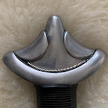
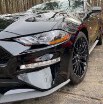
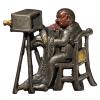
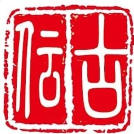
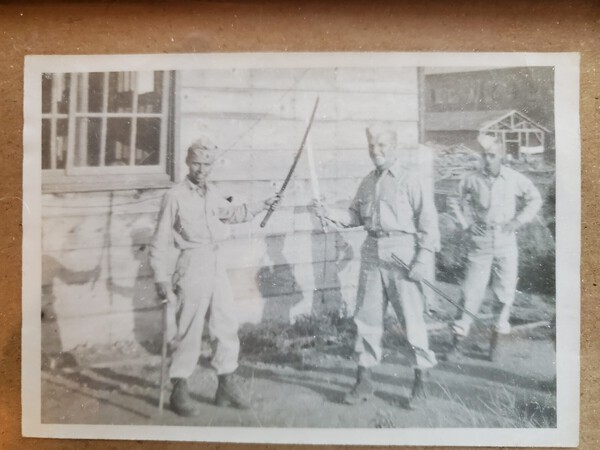
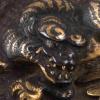
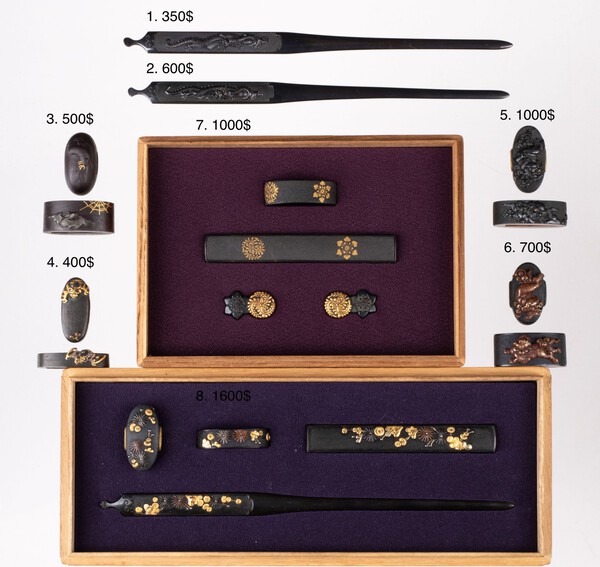




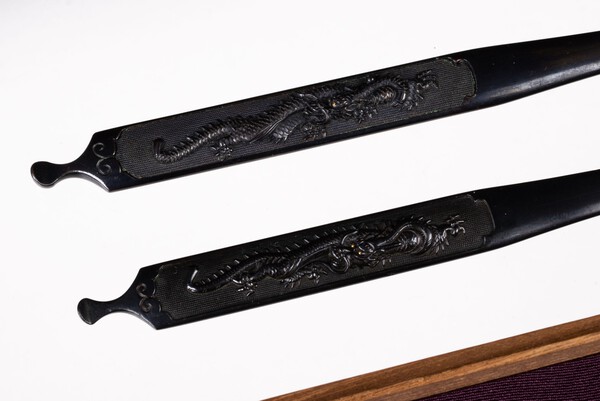
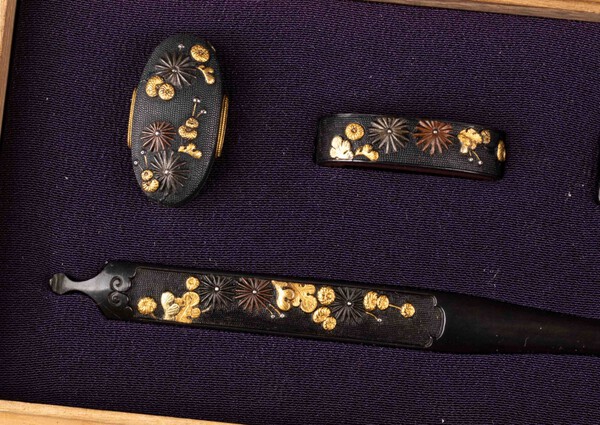



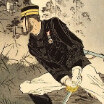








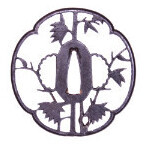

.thumb.jpg.bc10b59027a00aa142dce0349f3ba9e0.jpg)

